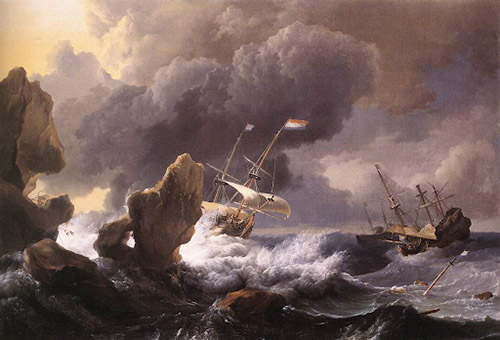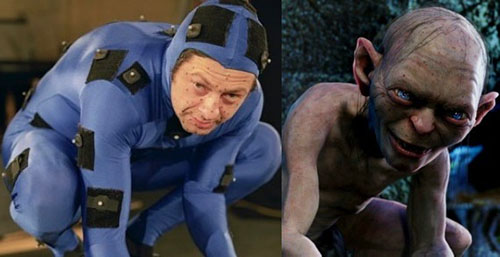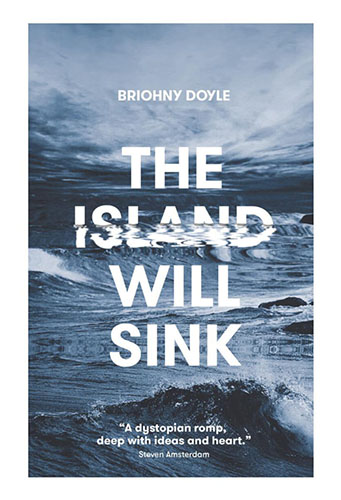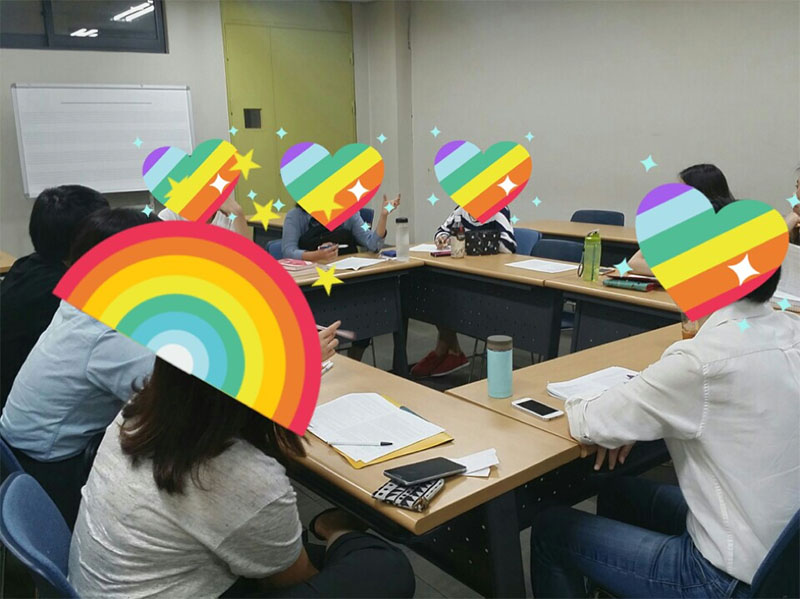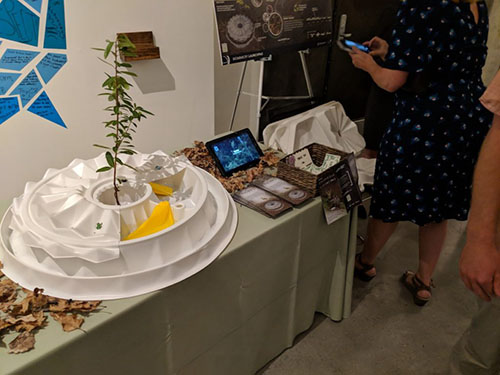
The Nature of the Copy
From the dead center of an all-white eye, a lone sapling rose two feet tall. Cyclical ridges and valleys, etched in bioplastic by an unseen watchmaker, encircled the solitary lifeform and separated it from the mottled, decaying plant matter that had been strewn about nearby with intention, detritus by design. Lying adjacent on the table-in-sylvan-drag, a digital tablet and paper pamphlets displayed the word Nucleário. Nucleário and the five other prototypes exhibited at the 2018 Biomimicry Launchpad Showcase in Berkeley, California, were, according to the event’s online marketing, projects from a “new species of entrepreneur” who practices “biomimicry,” the “conscious emulation of life’s genius,” a refrain I would hear repeatedly during my fieldwork on contemporary chimeras of biology and design. “Genius,” a cultural category once reserved for the presence of spiritual inspiration, here refers to the technical creativity of a re-animated nature that designers attempt to imitate in new devices like Nucleário. Under the solar-paneled roof of the David Brower Center, whose eponym served as the first executive director of the Sierra Club, teams from Brazil, Mexico, Colombia, Taiwan, and the United States had gathered to compete under the Biomimicry Global Design Challenge, which, this year, prompted designers to devise solutions for the mitigation and reversal of climate change. The prize: a cash award of $100,000 given by the Biomimicry Institute, a Montana-based nonprofit organization dedicated to “building a new generation of sustainability innovators” through educational initiatives. (read more...)


